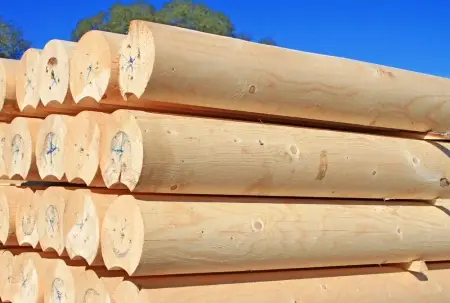
From basic materials such as iron and steel to advanced composite materials, the quality of a product largely depends on its properties.
Material properties are the defining characteristics of a material. They must be measurable and observable and show how they behave when subjected to other elements. Some of them are hardness, tensile strength, pressure, heat, and shear strength.
Types of materials properties
Material properties can be classified in different ways:
-
Physical: they are the characteristics of materials that can be observed but do not change their composition. They are the most crucial group to be taken into account.
-
Chemical: these properties indicate the tendency to change the chemical composition of the material due to the interaction with other substances causing chemical reactions.
-
Mechanical: are those that are related to their ability to resist efforts. All of them are also considered physical.
-
Thermal: they are related to conductivity and heat transfer through the substance. Some examples of thermal properties of a material include the boiling point, curie point, flash point, thermal expansion, etc.
-
Optical: they are related to how materials interact with visible light, for example, color.
-
In some cases, we can group properties accordingly that we can detect using our senses, such as smell, color, taste, or texture.
Physical properties
We refer to the physical properties of materials as those that when we can observe and measure. In addition, the composition of the substance does not depend on these values. The most crucial among them are the following:
-
Density: it is a measure of the mass per unit volume of a material. The density of a liquid substance is a fundamental property for studying fluid mechanics. However, it is not only used for liquids but also for solid materials and gases.
-
Hardness: the hardness of a substance is the resistance that a material opposes to being scratched by another.
-
Tensile strength: it is the ability of a material to resist a tensile applied force - the stretching of the material.
-
Thermal conductivity: it shows the ability of a material to conduct heat.
-
Elasticity: Elasticity is the ability of a material to recover its original shape after being deformed. This value indicates whether when we excerpt external forces to a material, it will suffer permanent deformations or not. In other words, we can know if it will return to its original shape when the forces are removed.
-
Specific weight: the specific weight indicates the relationship between the weight of the material and the volume it occupies.
-
Electrical conductivity: In electricity, this property indicates the substance's ability to conduct electrical energy.
-
Thermal expansion: thermal expansion is the property that indicates the dimensional variation of the substance caused by a temperature variation.
-
The melting and boiling points indicate the temperature at which a material is in a solid, liquid, or gaseous state.
-
Other properties such as the color or smell of the substance.
Mechanical properties
They include the set of measurable parameters of mechanical tests on a material that allows for predicting the behavior of the material studied.
These parameters are specific to each material or each sample, and any intrinsic mechanical property of a material is a function of them.
-
Hardness: Hardness is a characteristic of materials that indicates the substance's resistance to being scratched or punctured.
-
Tenacity: The ability of a material to absorb stress and not break or deform when a force is applied to it.
-
Plasticity: the yield point shows the stress beyond which a material shows plastic deformation. It gives data about the possibility of a substance deforming when a force is applied and retains the new size and shape adopted.
-
Elasticity: elasticity is the ability of a substance to recover its previous shape when the stress is removed.
-
Ductility: Ability of a material to deform or break when exposed to cold.
-
Malleability: It is the ability that it has to be flattened into thin sheets when we submit heavy compressive forces. It must happen without cracking by hot or cold working means.
-
Shear strength: it is defined as its ability to resist the forces that cause the internal structure to slide against itself.
Chemical characteristics
The chemical properties of materials give us data about the way in which they interact with other substances to generate chemical reactions. The most critical chemical properties are the following:
-
Reactivity: Chemical reactivity is the ability of a material to generate a chemical reaction when in contact with another material to form a new compound.
-
Corrosion: it is a reaction with another element that entails the destruction of the material. An example of corrosion is the oxidation of metals such as iron when they are exposed to air.
-
Oxidation: it is a chemical reaction where a compound loses electrons. As a result, it increases its oxidation state.